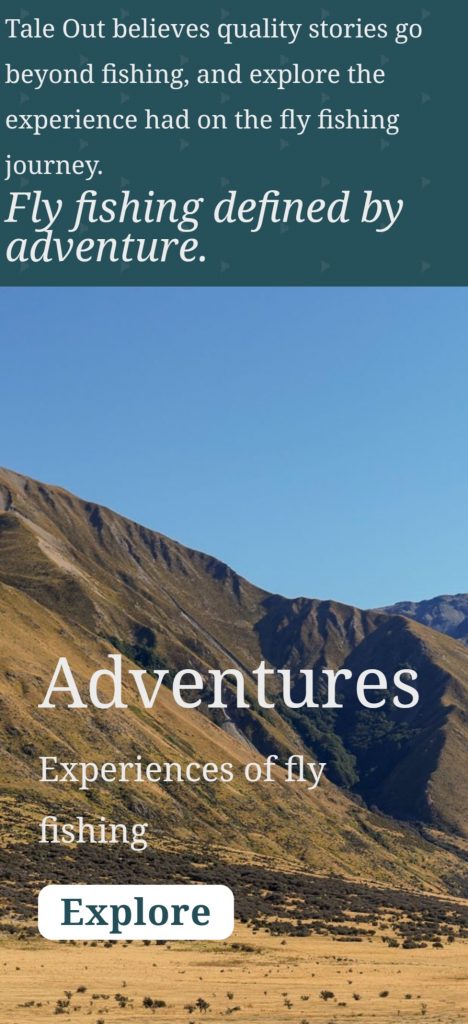Simon Gawesworth’s video on YouTube is 30 odd minutes and gives an excellent step by step tutorial on the basic overhead cast.
Category Archives: Tips
Steve Starling Commentary on Trout in Australia
Prompted by the recent trout stocking changes, Steve Starling has weighed in with a thoughtful piece on trout in Australia.
Available on Facebook
https://www.facebook.com/starlos.fishotopia/
The direct link to the article is
Contrasting Brown Trout and Their Rainbow Mates
The TaleOut online magazine has produced another great (Australian) article.
https://www.taleout.com.au/how-to/how-to-learn-trout-behaviour
Lifecycle – caddis and stoneflies
Ben has produced two other videos covering the next two trout food insects – stoneflies and caddis.
I can’t say I’ve seen many stoneflies, but his references to squallids and salmonflies put some context to other American videos I’ve watched.
The caddis one is very relevant.
I wonder if we could get him to do one on mudeyes/dragonflies.
Mayfly lifecycle
Ben from Huge Flyfisherman on YouTube provides humour that may be an acquired taste, but every now and then he uploads a tutorial that is particularly useful to those beginning their fly fishing journey.
In this video
https://youtu.be/nU35e4VJXUA?feature=shared
he gives an excellent description of the lifecycle of the mayfly.
A New, Different, Fly Fishing Journal and Website
CAA was approached by a local Canberran Henry Delves, who is the developer of a new fly fishing journal/website.

Henry explained:
I would like to share our free online fly fishing journal, Tale Out with the members of the Canberra Anglers. As a free online fishing resource Tale Out is likely something that your members would be interested in.
The most efficient thing for the club’s members to do is to sign up to the free monthly newsletter. This will keep people in the loop when our articles are published.
Tale Out is taking a different approach to our fly fishing stories, speaking more to the experience rather than the traditional ‘grip and grins’. We hope it resonates.
We’ll be inviting Henry to be a speaker next year.
The following gives you a snapshot of the content.
Helping your fish to survive
This popped up in my inbox. Some useful advice for those who catch and release.
https://www.ginkandgasoline.com/fly-fishing-tips-technique/14-ways-to-prevent-fish-mortality/
28+ Fly Tying Hacks with @tightlinevideo !
Claude provided this link with some really useful tips.
Fly Tying Index
I was looking back searching for a particular fly and realised how large our records are now. And that the lack of an index made it tedious to search.
So I have created a pretty basic one and will, in due course, include it somewhere on our home page.
https://canberra-anglers.asn.au/blog/fly-tying-index/
Would welcome any feedback, eg how many entries on each page … not sure if I can have no limit.
Also, are you aware that our blog has a search function … only works if you have correct spelling. At the very bottom of any post (including this post) and the bottom of our main blog page.
Breathable Wader Washing
A shame but my manufacturer doesn’t appear in this article from troutbitten.com, but you might be luckier, or you can get the general gist.
